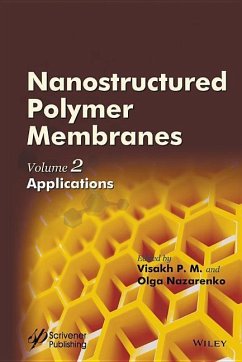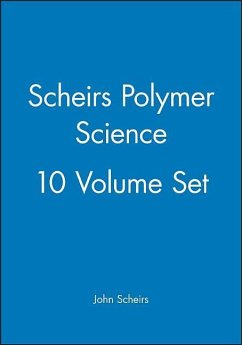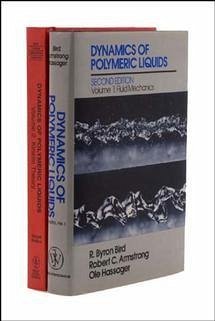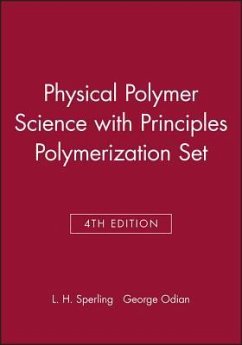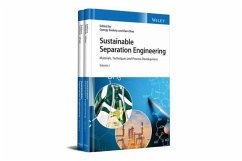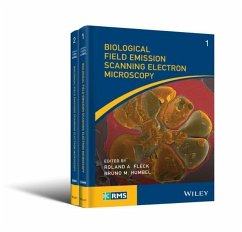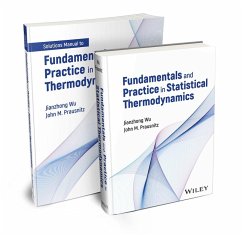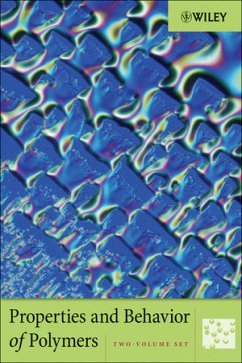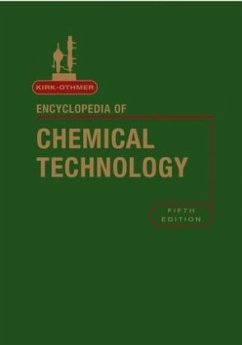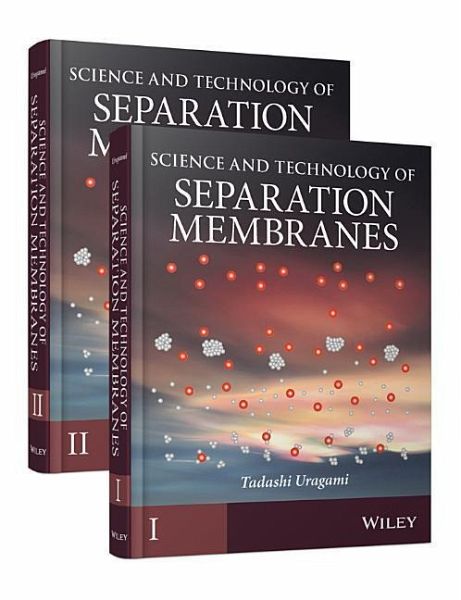
Science and Technology of Separation Membranes, 2 Volume Set
Versandkostenfrei!
Versandfertig in über 4 Wochen
334,99 €
inkl. MwSt.
Weitere Ausgaben:

PAYBACK Punkte
167 °P sammeln!
This two volume set covers all major current applications of membrane technology and includes academic analyses, applications, and practical problems for each existing membrane technology. It provides a detailed reference for researchers and advanced students in membrane technology within chemical engineering, process engineering, and materials science. It is also suitable for industry professionals and researchers working in separations technology applications, e.g. wastewater/water treatment, desalination, food and beverage industry, medical and pharmaceutical, fuel cells, biofuels. Chapters...
This two volume set covers all major current applications of membrane technology and includes academic analyses, applications, and practical problems for each existing membrane technology. It provides a detailed reference for researchers and advanced students in membrane technology within chemical engineering, process engineering, and materials science. It is also suitable for industry professionals and researchers working in separations technology applications, e.g. wastewater/water treatment, desalination, food and beverage industry, medical and pharmaceutical, fuel cells, biofuels. Chapters include: * Preparation methods * Membrane structure * Membrane Transport Phenomena * Dialysis * Nano, Ultra and Microfiltration * Reverse Osmosis * Membrane Distillation * Pervaporation * Evapomeation * Temperature-Difference Controlled Evapomeation * Gas Permeation * Carrier Transport * Fuel Cell Membranes * Hybrid Membrane Separation Process Systems Beginning with an introduction to the history of the field, it covers the properties, structure, characterization, and preparation of membranes, as well as describing traditional and novel applications. Written by a renowned author in the field of membrane science and technology, this comprehensive book provides a detailed and valuable overview of membrane science. The illustration on this book cover shows an imagination of ethanol-permselectivity in evapomeation (Chapter 16) and temperature-difference controlled evapomeation (Chapter 17) developed newly for the concentration of organic solvents from aqueous dilute organic solvents through polymer membranes.




